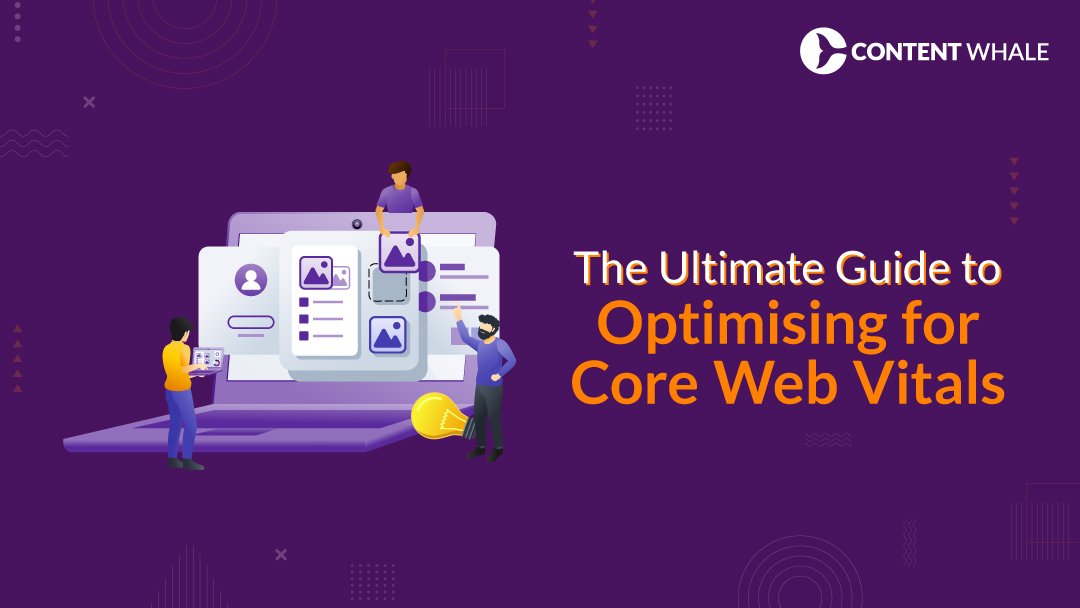Introduction
In today’s digital-first economy, where mobile usage dominates in India, Core Web Vitals optimization has become essential for businesses seeking higher visibility, better rankings, and stronger user engagement. Core Web Vitals are Google’s key performance metrics that evaluate page speed, interactivity, and visual stability. Together, these factors—Largest Contentful Paint (LCP), Interaction to Next Paint (INP), and Cumulative Layout Shift (CLS)—directly influence user experience and search engine performance.
For Indian businesses, Core Web Vitals are more than just technical SEO; they determine how users interact with a site on mobile devices and slower networks. A site that loads quickly, responds instantly, and maintains a stable layout keeps users engaged, reduces bounce rates, and improves conversions. This article provides a comprehensive, step-by-step guide to Core Web Vitals optimization in India, infused with actionable strategies, practical insights, and best practices that align with EEAT principles and deliver sustainable results.
Also Read : What Is qkfzzu1lbnvinhp4dlhz? Uses, Security & Why It’s Trending in 2025
Core Web Vitals Optimization in India: A Complete Guide
1. Understanding Core Web Vitals
-
Largest Contentful Paint (LCP): Measures how quickly the largest element on a page (often an image or headline) loads. Target ≤ 2.5 seconds.
-
Interaction to Next Paint (INP): Measures responsiveness when users interact with the page. Target ≤ 200 milliseconds.
-
Cumulative Layout Shift (CLS): Measures unexpected layout shifts during load. Target ≤ 0.1.
In India’s highly competitive digital market, these benchmarks are crucial for balancing page speed, mobile SEO, and user engagement.
2. Measuring Your Performance
Before optimizing, measure your current performance with tools like Google Search Console, Lighthouse, or PageSpeed Insights. Collect both lab data (synthetic tests) and field data (real user monitoring). For Indian audiences, testing on 3G/4G networks and mid-range smartphones gives the most accurate reflection of real conditions.
3. Optimizing Largest Contentful Paint (LCP)
Improving LCP is about ensuring that the main content loads quickly.
-
Image Optimization: Use next-gen formats like WebP, compress images, and enable responsive resizing for different screen sizes.
-
Server Speed: Deploy CDNs closer to Indian users, optimize server configuration, and reduce time to first byte.
-
Critical CSS & JS: Minify CSS, defer non-critical scripts, and inline above-the-fold styles for faster rendering.
-
Lazy Loading: Load images and videos only when needed to reduce initial load time.
4. Enhancing Interactivity (INP)
Interactivity defines how smoothly your site responds to user actions.
-
Optimize JavaScript: Break long tasks, remove unused code, and use code-splitting techniques.
-
Reduce Third-Party Scripts: Limit heavy tracking pixels, social plugins, or unnecessary ads that block rendering.
-
Browser Caching: Store assets locally to speed up repeat visits.
-
Preloading: Preload important resources like fonts and hero images to improve perceived responsiveness.
5. Improving Visual Stability (CLS)
Layout stability is crucial for mobile users in India who often scroll fast.
-
Reserve Space: Always set width and height for images, videos, and ads to prevent content from jumping.
-
Preload Fonts: Prevent font swapping and “flash of unstyled text” that shifts layouts.
-
Avoid Intrusive Popups: Popups or banners should not push content unexpectedly.
-
Consistent UI: Stick to stable design elements that don’t shift during load.
6. Advanced India-Specific Strategies
-
Mobile-First Design: Prioritize fast and stable mobile performance since over 70% of Indian internet traffic is mobile.
-
Edge Servers & Local CDNs: Reduce latency by deploying resources closer to Indian users.
-
Progressive Web Apps (PWA): Offer app-like speed and reliability even on poor networks.
-
Real User Monitoring (RUM): Track live user interactions to identify bottlenecks across India’s diverse device ecosystem.
7. Business Impact of Core Web Vitals
When Indian websites optimize Core Web Vitals:
-
SEO Benefits: Better rankings due to improved page experience signals.
-
User Engagement: Lower bounce rates and higher time-on-site.
-
Conversion Growth: Faster, smoother experiences encourage more signups and purchases.
-
Trust & EEAT Signals: Sites with excellent usability build trust and authority in competitive niches.
For example, e-commerce brands in India that optimized Core Web Vitals have reported 30% boosts in conversions and significant drops in cart abandonment.
8. Continuous Monitoring & Iteration
Optimization is not a one-time task. Regular monitoring ensures your site adapts to changes in user behavior and Google’s evolving ranking factors.
-
Test after every site update.
-
Track seasonal spikes in traffic.
-
Reassess with each Google algorithm update.
By treating Core Web Vitals optimization as an ongoing process, Indian businesses can maintain long-term growth in traffic and conversions.
Also Read : Business Class Flights – Travel in Comfort and Luxury
FAQs
1. How do I check Core Web Vitals for my website?
You can use tools like Google Search Console, PageSpeed Insights, and Lighthouse. These provide both lab data (test environments) and field data (real user performance).
2. What is a good score for Core Web Vitals?
A healthy website should aim for LCP under 2.5 seconds, INP under 200 milliseconds, and CLS below 0.1.
3. How can I reduce layout shifts on my website?
Reserve space for media elements, preload fonts, and avoid dynamic content like ads that shift positions as they load.
4. Why are Core Web Vitals important for SEO in India?
Google includes Core Web Vitals as part of its Page Experience ranking signals. Websites that load faster and offer stable experiences perform better in rankings, especially on mobile.
5. What results can I expect from Core Web Vitals optimization?
Businesses typically see lower bounce rates, faster page speeds, improved rankings, and significant increases in conversion rates.
Conclusion
Core Web Vitals optimization in India is no longer a technical afterthought—it’s a competitive advantage. By targeting faster loading times, smoother interactivity, and stable layouts, businesses can deliver superior user experiences that align with Google’s ranking signals. These improvements directly impact SEO visibility, user trust, and conversion rates.
For Indian businesses, where mobile users dominate and network conditions vary widely, focusing on Core Web Vitals is especially critical. Simple changes like image compression, script optimization, caching, and CDN usage can create a noticeable difference in how users experience a site. Advanced approaches like progressive web apps and edge servers further strengthen results.
Ultimately, optimization is not just about algorithms; it’s about delighting users. A site that loads quickly, responds instantly, and feels stable fosters confidence and loyalty. Prioritize Core Web Vitals today, and your digital presence in India will not only rank higher but also deliver measurable business growth.










